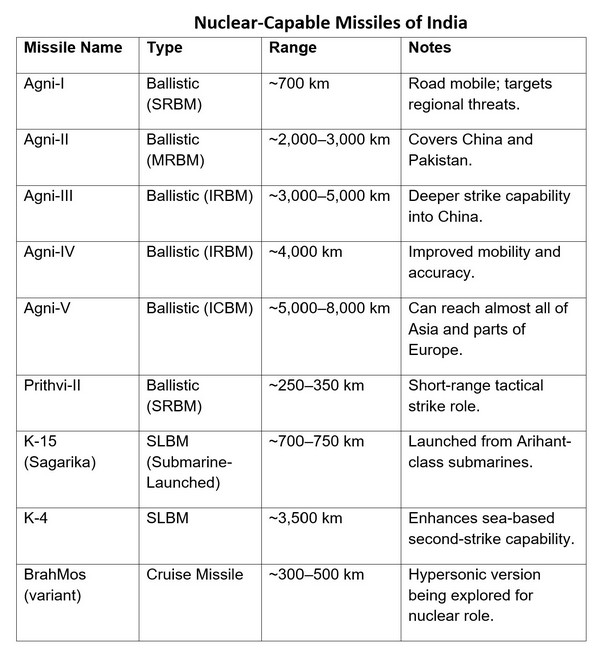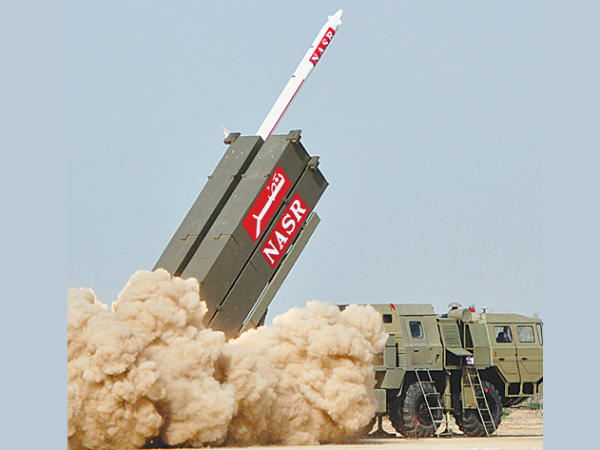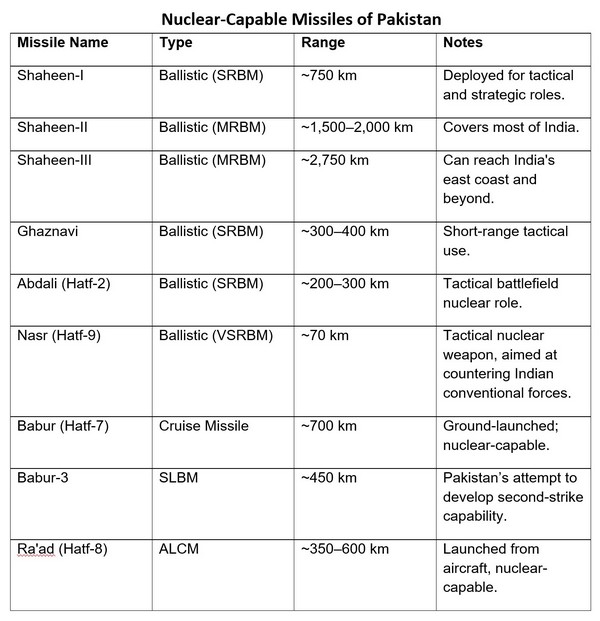On April 22, unknown terrorists attacked tourists in the Baisaran Valley near Pahalgam, India, killing 25 of them. The attackers reportedly segregated the victims based on religion before executing Hindus. Like earlier terror strikes, such as the 2001 Indian Parliament attack, the 2008 Mumbai attacks, the 2016 Uri attack, and the 2019 Pulwama-Balakot crisis, the latest attack has inflamed relations between India and Pakistan and led to cries for war. In the days following the attack, there have been armed skirmishes on the border amid calls for restraint from the international community.
The rivalry between India and Pakistan remains one of the world’s most dangerous conflicts. Since their simultaneous emergence from British colonial rule in 1947, the two countries have engaged in multiple wars and persistent low-level skirmishes. What makes their conflict uniquely perilous is the fact that both are nuclear-armed states. With vast populations, dense cities, and history of miscalculation, an escalation between India and Pakistan has the potential to become a catastrophic nuclear war, with devastating regional and global consequences.
Background
Since partition, India and Pakistan have fought three major wars – in 1947, 1965, and 1971 and engaged in a limited conflict during the Kargil War of 1999. Most of these confrontations centered around the disputed region of Kashmir, a flashpoint that continues to create military tension. The Kashmir region is majority Muslim, but became part of Hindu dominated India during the partition following the British departure. Although Kashmir was initially granted a degree of autonomy, India has asserted increasingly repressive control over the region in response to uprisings and insurgent attacks supported by Pakistan. The Muslim population feels economically marginalized and victimized by civil rights violations, and this fuels continuing unrest. Terror attacks and sectarian violence in Kashmir can quickly bring the two countries to the brink of war. Each such episode underscores the fragility of peace and the volatility of the relationship.
The Nuclear Threat
Both India and Pakistan maintain growing nuclear arsenals, each estimated at around 170–175 nuclear warheads as of 2024. India has a declared no first use policy, pledging not to initiate a nuclear strike but reserving the right to respond massively if attacked with nuclear weapons. Pakistan, in contrast, has refused to adopt no first use, retaining the option to use nuclear weapons to counter a large-scale conventional invasion. Moreover, Pakistan’s development of battlefield tactical nuclear weapons (such as the Nasr missile system) further blurs the line between conventional and nuclear conflict, potentially lowering the threshold for use.
The primary danger is that a conflict might escalate to nuclear war unintentionally. Due to the short missile flight times between India and Pakistan — sometimes just 5 to 10 minutes — leaders would have little time to verify attacks and make reasoned decisions. Miscommunication or misinterpretation of military moves, especially during a crisis or following a terrorist provocation, could lead to hasty retaliation. Additionally, domestic political pressures, fueled by nationalism and demands for retribution, can make de-escalation politically costly for leaders, thus pushing them toward riskier choices in a crisis.
There are multiple plausible scenarios under which nuclear weapons could come into play. A conventional war triggered by a terrorist attack or cross-border shelling might escalate beyond control. Pakistan might use tactical nuclear weapons early to blunt an Indian conventional thrust, prompting Indian nuclear retaliation. Alternatively, a misinterpretation of military exercises or troop movements could convince one side that a nuclear first strike is imminent, prompting a devastating pre-emptive strike. In each case, once the nuclear threshold is crossed, escalation could be rapid and catastrophic.

Small Is Ugly
Pakistan’s reliance on small tactical nuclear weapons is particularly concerning as an escalation risk. Because India’s armed forces are roughly three times bigger than those of Pakistan, tactical nuclear weapons are viewed as a potential battlefield equalizer by Pakistan’s military. The Nasr missile, with a range of less than 100 kilometers and a low-yield nuclear warhead was developed and deployed by Pakistan to counter expected large-scale Indian armored offensives. If Pakistan breaks the nuclear weapons taboo by using tactical nukes, India could respond with its own nuclear weapons, resulting in escalatory strikes and counter strikes possibly culminating in a full-scale regional nuclear war.

Pakistan’s short-range Nasr nuclear missile
Deadly Consequences
A nuclear war between India and Pakistan would devastate both countries, killing millions instantly and destroying major cities such as Delhi, Islamabad, Lahore, and Mumbai. Fallout would not respect national borders; neighboring countries like China, Nepal, Afghanistan, and Iran would suffer as well. Beyond immediate deaths, scientists predict that even a “limited” regional nuclear war could inject vast amounts of soot into the atmosphere, triggering nuclear winter, a global climate disruption that would lead to failed crops and mass starvation. This is a risk that no sane government should be willing to take.
Averting Catastrophe
Despite these dangers, there have been efforts to avoid escalation. India and Pakistan have established hotlines between military and diplomatic leadership and have engaged in unofficial diplomacy. Confidence-building measures such as agreements not to target each other’s nuclear facilities exist. International actors like the United States, China, and Russia have also intervened during past crises to pressure both sides to exercise restraint. However, these mechanisms remain fragile, often depending more on the personal judgment of leaders than on robust institutional safeguards.
To minimize the risk of nuclear escalation, several steps are essential. Strengthening crisis communication channels and making them faster and more reliable is critical. Both sides should work to improve the safety and security of their nuclear arsenals and command-and-control structures to prevent unauthorized use. Resuming arms control dialogues, even modest ones, would help rebuild trust. The international community must also continue to exert diplomatic pressure for dialogue and support regional cooperation initiatives, aiming to lower tensions in Kashmir and beyond.
Conclusion
Tensions between India and Pakistan triggered by the April 22 terrorist attack are building toward a military conflict that could go nuclear. This possibility is not a theoretical concern; it is an urgent present danger. Even a small-scale exchange would have enormous consequences, not just for South Asia but for the entire world. If a nuclear war between India and Pakistan breaks out and stops short of the worst outcomes, it might shock the world into banning nuclear weapons and permanently ending the danger of global nuclear catastrophe. Otherwise, we could face more “small” nuclear wars, each with the possibility of bringing on the last winter most of us would ever see.



